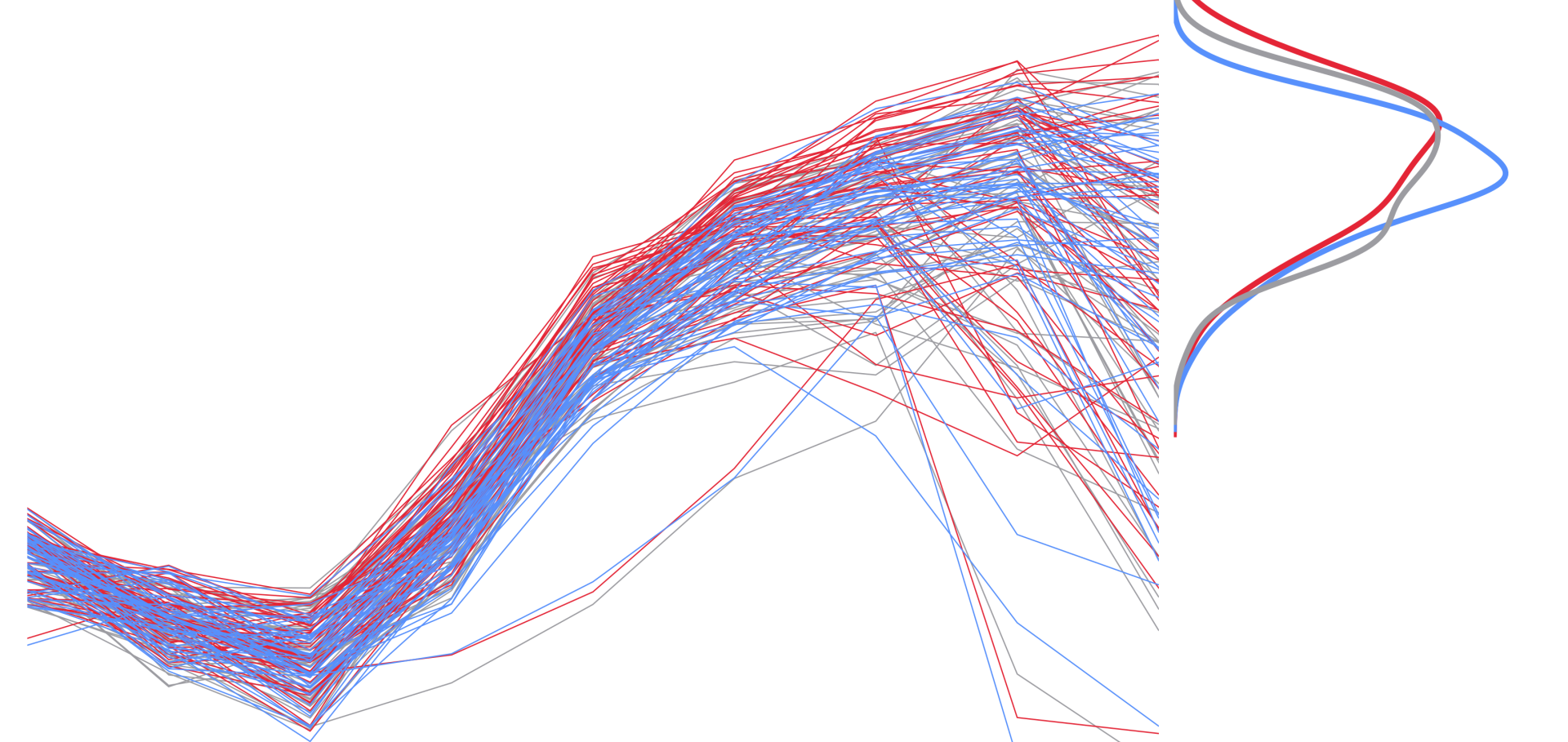Framing climate goals in terms of cumulative CO2-forcing-equivalent emissions
Geophysical Research Letters American Geophysical Union 45:6 (2018) 2795-2804
Authors:
Stuart Jenkins, Richard Millar, Nicholas Leach, Myles Allen
Abstract:
The relationship between cumulative CO2 emissions and CO2-induced warming is determined by the Transient Climate Response to Emissions (TCRE), but total anthropogenic warming also depends on non-CO2 forcing, complicating the interpretation of emissions budgets based on CO2 alone. An alternative is to frame emissions budgets in terms of CO2-forcing-equivalent (CO2-fe) emissions – the CO2 emissions that would yield a given total anthropogenic radiative forcing pathway. Unlike conventional ‘CO2-equivalent’ emissions, these are directly related to warming by the TCRE and need to fall to zero to stabilise warming: hence CO2-fe emissions generalise the concept of a cumulative carbon budget to multi-gas scenarios. Cumulative CO2-fe emissions from 1870-2015 inclusive are found to be 2900 ± 600GtCO2-fe, increasing at a rate of 67 ± 9.5GtCO2-fe/year. A TCRE range of 0.8–2.5° Cper 1,000 GtC implies a total budget for 0.6° C of additional warming above the present decade of 880–2,750 GtCO2-fe, with 1,290 GtCO2-fe implied by the CMIP5 median response, corresponding to 19 years' CO2-fe emissions at the current rate.
